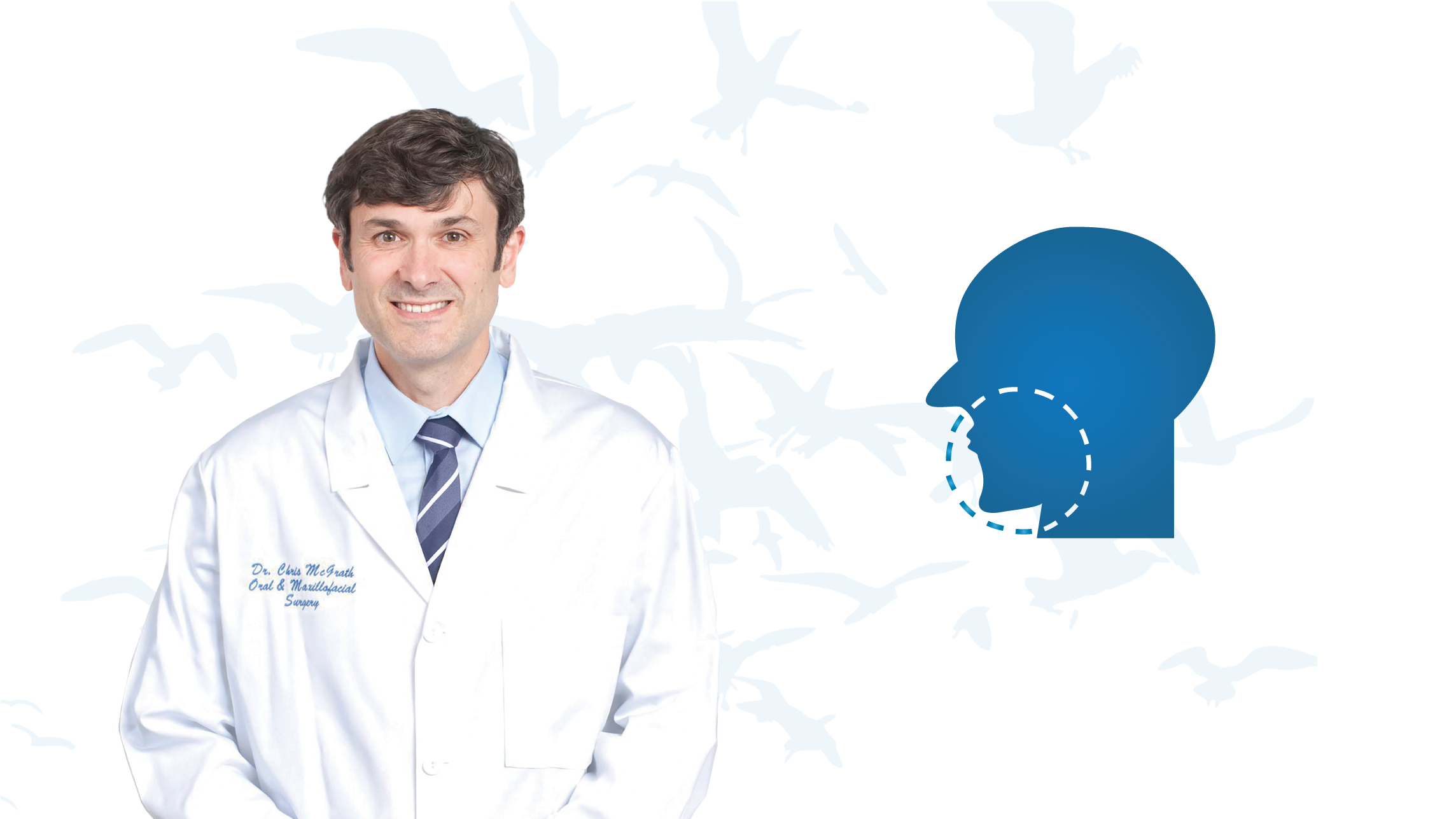What Is Jaw (Orthognathic) Surgery?
Orthognathic surgery is sometimes called surgical orthodontics because, just as an orthodontist repositions teeth, an oral and maxillofacial surgeon performs orthognathic surgery to reposition one or both jaws. Orthodontics means straight teeth; orthognathic means straight jaws. In fact, because moving the jaws also moves the teeth, orthognathic surgery is usually performed in conjunction with orthodontics so that the teeth are in proper position after surgery. The objective of orthognathic surgery is the correction of a wide range of minor and major facial and jaw irregularities, and benefits include an improved ability to chew, speak, and breathe. In many cases, an enhanced appearance can also result.
People who can potentially benefit from orthognathic surgery—also known as corrective jaw surgery—include those with an improper bite and those with jaws that are positioned incorrectly. Jaw growth is a slow and gradual process, and in some instances, the upper and lower jaws may grow at different rates. The result can be a host of problems that can affect chewing function, speech, long-term oral health, and appearance. Birth defects and injury to the jaw can also affect jaw alignment. While orthodontics alone can correct many bite problems if only the teeth are involved, orthognathic surgery may be required if the jaws also need repositioning.
The following are some of the conditions that may indicate a need for orthognathic surgery:
- Chronic jaw pain
- Excessive wearing of teeth
- Open bite (space between upper and lower front or back teeth when mouth is closed)
- Unbalanced facial appearance
- Facial injury or birth defects
- Receding chin
- Protruding jaw
- Inability to make lips meet without effort
- Chronic mouth breathing with dry mouth
- Sleep apnea (breathing problems when sleeping such as snoring, difficulty breathing, etc.)
Unequal growth of the jaws, injury, or birth defects can produce problems and symptoms that require treatment by a team that usually includes an oral and maxillofacial surgeon, an orthodontist, and sometimes your dentist. To determine if you are a candidate for orthognathic surgery, an evaluation of your condition by this team is necessary.
Services – Cleft Lip and Palate Repair
A cleft lip and palate is the result of incomplete development of the baby’s mouth before being born. It is a congenital condition and affects approximately 1 in 100 babies born in Australia.
Repair of a cleft palate often requires multiple surgeries over the course of 18 years. The first surgery to reconstruct the palate usually occurs when the baby is between 6 and 12 months old. The initial operation creates a functional palate, reduces the chances of fluid buildup in the middle ears, and aids in the proper growth of the teeth and facial bones. Typically, a plastic/reconstructive surgeon performs this procedure.
Between the ages of 8 and 12, an oral and maxillofacial surgeon utilizes a bone grafting procedure to repair the missing bone. This surgery helps aid in the eruption of teeth and is executed in conjunction with an orthodontist. Corrective jaw surgery (orthognathic surgery) may be required to align the jaws and correct the dental occlusion (bite) once the patient reaches adulthood. This surgery is performed by an oral and maxillofacial surgeon.
Following correction of the jaws, surgery may be required to align the nose and revise the lip. This procedure is most commonly performed by either a plastic surgeon or an ENT surgeon.
As a member of a team of healthcare specialists, your oral and maxillofacial surgeon (OMS) plays a significant role in the carefully orchestrated, multiple-stage correctional program for cleft lip and palate patients. The goal is to help restore the jaw and facial structures, leading to normal function and appearance. Care and treatment must consider function, appearance, nutrition, speech, hearing, and emotional and psychological development.
Repairing your child’s cleft lip or cleft palate is a serious commitment. Dr. McGrath was an inaugural member of the cleft palate team at Geelong Hospital and has had 20 years’ experience in repairing cleft palates and performing corrective jaw surgery for cleft patients.
Want to know more about corrective jaw surgery? Click here for additional information.

